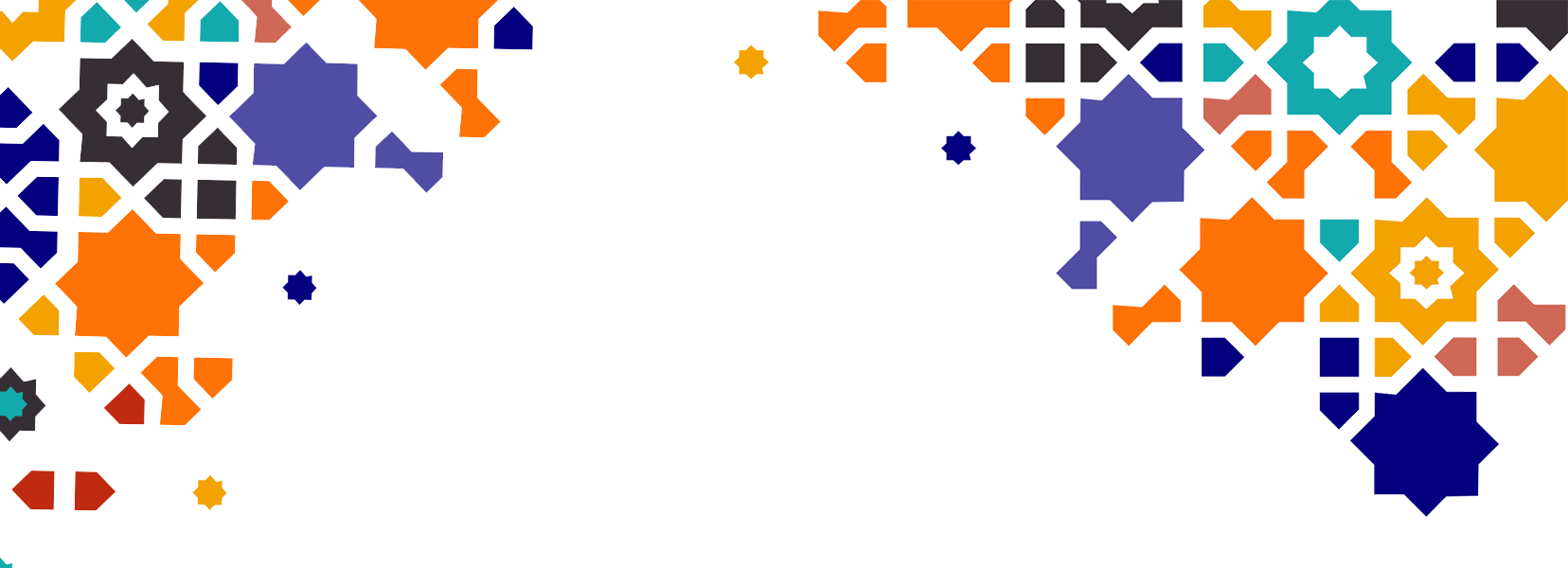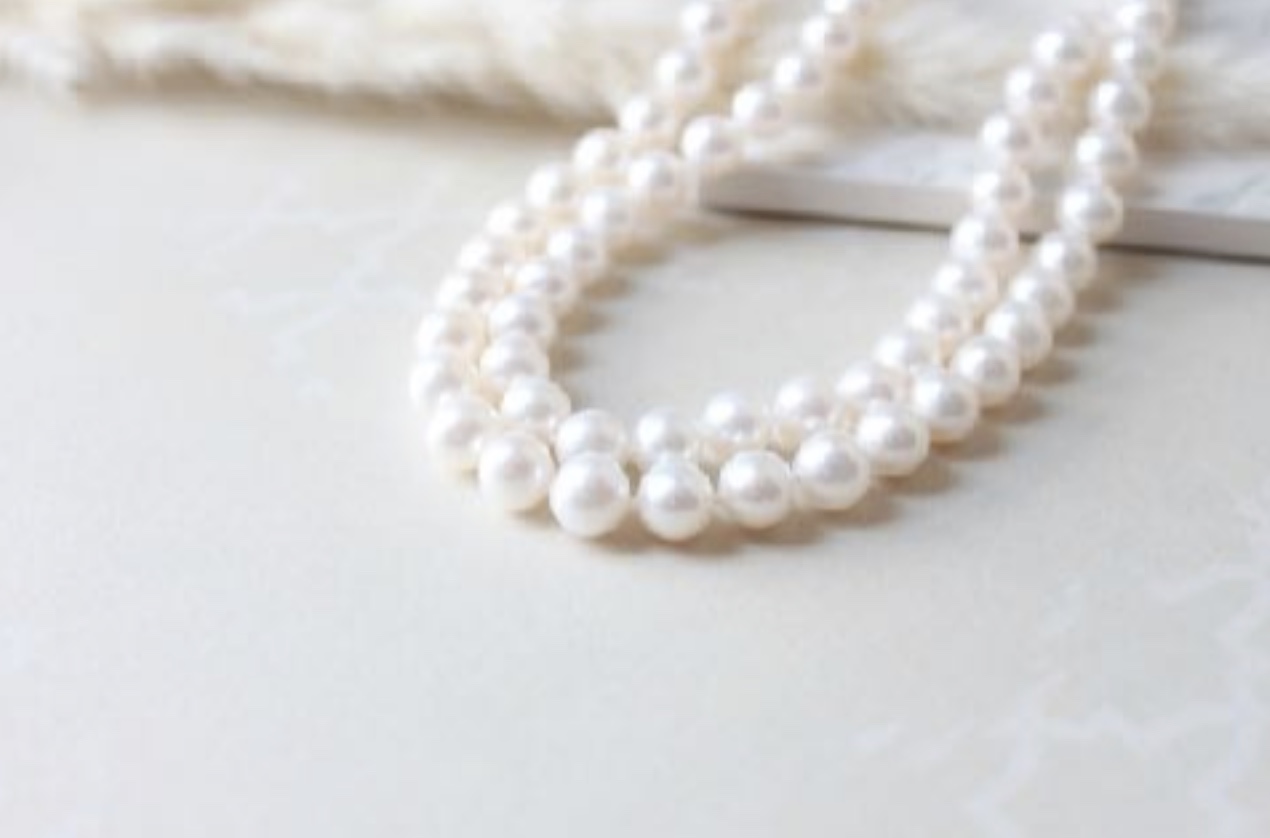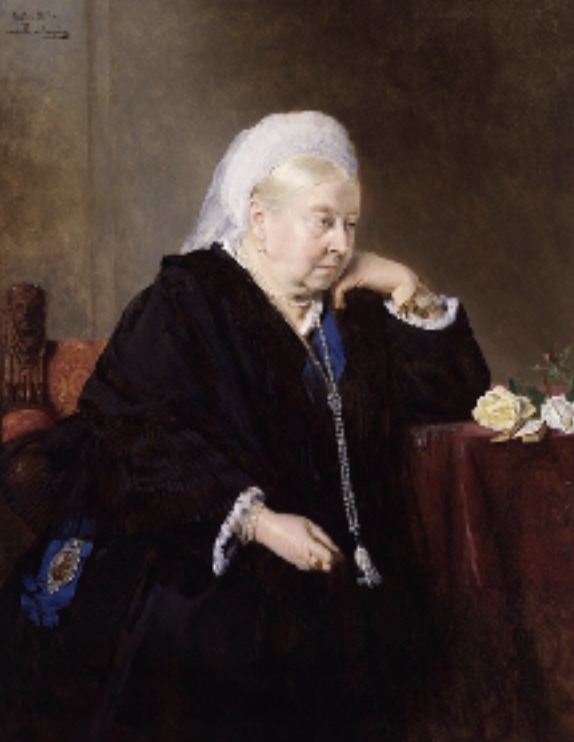
The Pearl Orient : The Gulf, Cradle of White Gold

Pearl Trade and the Rise of the Gulf
From 1870 to 1910, a wave of globalisation swept across the region, accelerating trade and shaping the emerging pearl trade routes. After 1880, with pearl fisheries in Ceylon and the Red Sea collapsing, Gulf pearls claimed their place on the global stage. Demand surged, and industrialised Western societies, drawn to rarity and elegance, turned their gaze eastward. The Gulf became a crossroads of cultures and commerce, as European, American, Indian, and Arab traders converged in a thriving maritime marketplace.
This rapid rise gave way to a genuine pearl rush, intertwining economic ambitions with growing geopolitical tensions. Germany and Britain vied for control of the trade—an echo of wider imperial rivalries at the close of the 19th century. In response, the British crown imposed maritime legislation, defining pearl fishing zones as “rightfully Arab,” laying the early groundwork for modern exclusive economic zones.
When East Dresses the West : Trade and Specialisation
Once harvested, pearls were shipped to various markets. Ports across the Arab and Persian coasts became major trade hubs. Bahrain, with Manama at its forefront, played a central role in structuring the trade, while Lingeh, on the Persian shore, specialised in pearl marketing. Regional preferences shaped supply : Baghdad favoured small, white pearls, while India craved larger, iridescent ones and bought them in bulk. In Western Europe, London and Hamburg emerged as key centres. During the Romantic period, the fashion for mother-of-pearl buttons created a surge in demand. Firms like Dumas, on behalf of Volart Brothers and Fuhrmaister Klose & Co., even came to negotiate directly with Gulf sheikhs.

Pearls crossed cultures and dynasties. In an 1899 portrait by Heinrich von Angeli, Queen Victoria —then 78—wears a cascading pearl necklace and a matching bracelet. Conforming to the mourning etiquette of the British monarchy, which permitted only black and pearls, her ensemble embodies restraint. And yet, behind that rigidity, one sees the subtle splendour of Eastern opulence dressing Western royalty.
The Cartier Collapse : Cultured Pearls and Market Disruption
But the golden age did not last. A string of natural disasters closed the 19th century—sea snakes, crabs, and parasites ravaged oyster beds, while unusually heavy rains disrupted fragile ecosystems. Added to that came growing international pressure on pearl resources. In 1916, two Japanese inventors patented a process for producing cultured pearls—perfect, round, and abundant. By 1928, these pearls were flooding global markets. By 1930, natural pearl prices had plummeted by 85%. The house of Cartier, heavily reliant on the natural pearl trade, was hit hard. Pierre Cartier tried to adapt : in his New York boutique, he showcased a necklace now valued at €21 million, made of two rows of flawless pearls. Maisie Plant, the wife of a magnate, famously traded her Fifth Avenue mansion for it. The message was clear : pearls still held prestige. Yet within 50 years, the necklace would sell for just a quarter of its value. The legacy remained—but the market had changed.
Pearls on the Runway : A Modern Comeback
In February 2022, Tiffany & Co. paid tribute to natural pearls during a showcase in Doha. Twenty one unique pieces, designed from original Jean Schlumberger sketches, featured exceptional pearls from the Al Fardan family collection. The gesture signalled the American jeweller’s intent to forge lasting ties with Gulf suppliers. Already in March 2018, Sotheby’s Paris spotlighted a necklace of sixteen rare natural pearls, estimated between €650,000 and €850,000. Today, the global pearl jewellery market is valued at $11.81 billion (2023) and projected to reach $31.92 billion by 2030. The Middle East, and especially the Gulf, remains a central player in the high-end natural pearl sector. The luxury watch and jewellery market in the Gulf is set to grow from $114.5 million in 2024 to $188.4 million by 2029. In the UAE alone, the segment is worth €3.12 billion in 2025. Pearls have thus become not only cultural icons but also strategic assets in regional growth.
A Legacy in Bloom : Mattar Jewellery in Bahrain
In Bahrain, Mattar Jewellery, run by Faten Mattar, stands as a symbol of tradition and renewal. For over two decades, she has honoured her family's heritage while adapting designs to modern tastes. Meanwhile, the Danat Institute—Bahrain’s cutting-edge gemological lab—conducts research into how climate change is affecting pearl production. Water temperature, pollution, and acidification all impact both the quality and quantity of pearls harvested today.
The sector’s ambition is the following : restoring the natural pearl as an object of universal desire. Fascinating in their organic genesis, resistant to mass production, the pearls of the Gulf still shimmer with mystery, rarity, and timeless beauty.
Sources :
Le Point : Cartier, Tiffany... L'aura retrouvée des perles fines
RTL : In the Gulf, Bahrain Revives Its 100% Natural Pearl Tradition
Statista : Luxury Watches & Jewelry - GCC
Vogue : The Centuries of Symbolism Wrapped Up in Royal Mourners' Pearls

